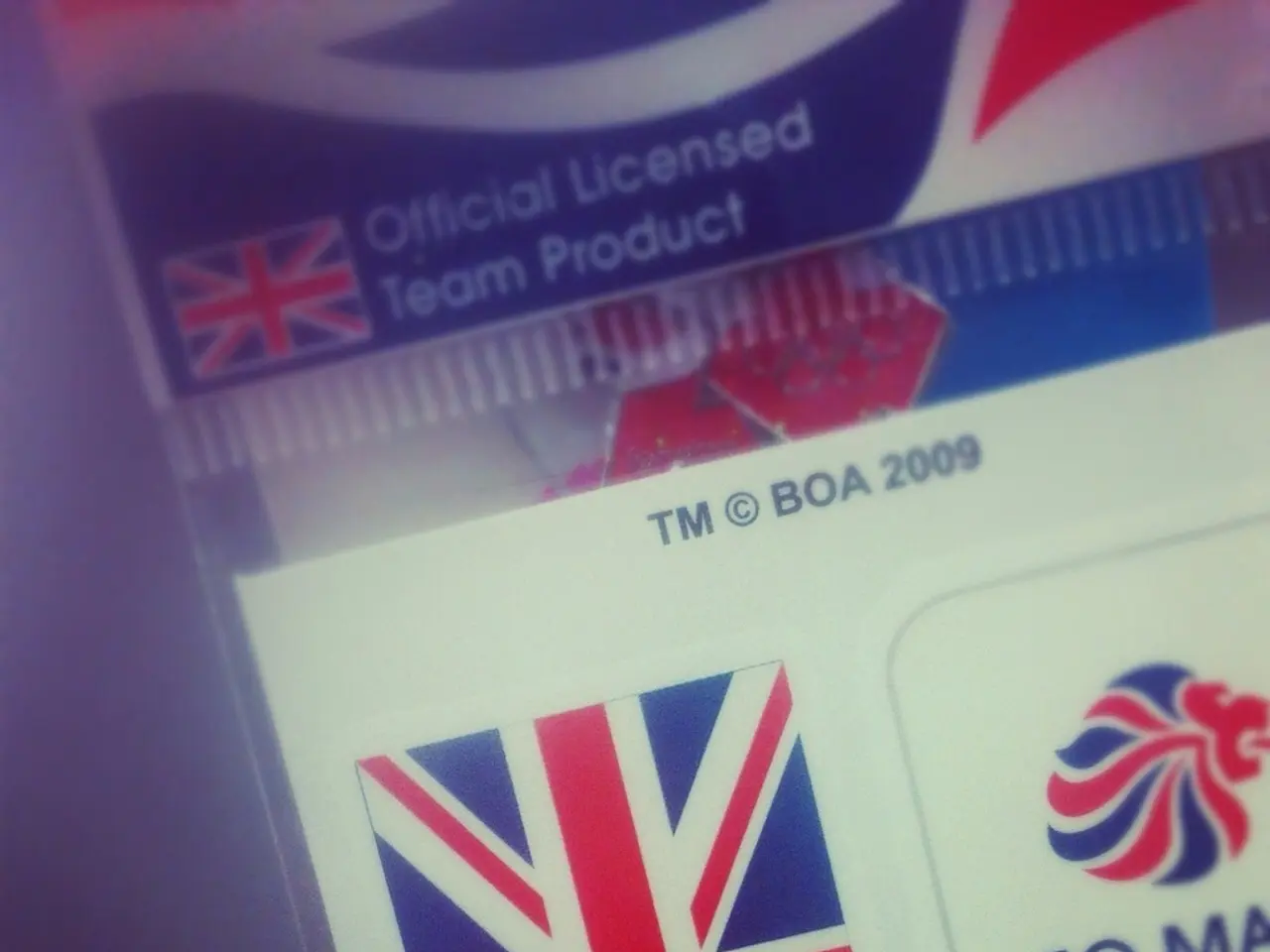Unmasking Duplicate Credit Card Production: A Comprehensive Guide (2025)
In the digital age, fraudsters are constantly evolving their strategies to exploit vulnerabilities and steal sensitive information. One such method is card cloning, where fraudsters copy a debit or credit card's payment details onto a duplicate "clone card." This article aims to provide a comprehensive guide on how to safeguard yourself against this growing threat.
The Risks of Card Cloning
Card cloning costs consumers and financial institutions an estimated $1 billion every year, according to the FBI. Fraudsters may use hidden cameras, fake keypads, phishing, or malware to obtain PINs or CVV codes. Any industry with high transaction volumes and card use is at a risk of cloned card fraud. Early warning signs may include mismatched billing and shipping addresses, very high transaction volumes, repeatedly declined payments, and the use of multiple cards by one person in quick succession.
Modern Fraudster Tactics
Recent fraudster strategies focus on physical skimming devices targeting magnetic stripes and chips at ATMs, gas pumps, and point-of-sale (POS) terminals. They also employ malware attacks to harvest online payment details. A newer method involves exploiting vulnerabilities in eSIM technology used in mobile devices, allowing attackers to hack and clone eSIM profiles.
Countermeasures
To combat card cloning, efforts are being made to modernize cards with EMV chip technology, which generates unique transaction codes for each use. Machine learning and AI-driven fraud detection platforms, such as FICO Falcon, continuously scan transactions in real time to detect and prevent cloned card usage.
Protecting Yourself
Here are some practical steps you can take to protect yourself:
- Educate yourself on scams and fraud techniques.
- Use multi-factor authentication.
- Use reputable banks with advanced anti-fraud programs.
- Use chip-enabled cards instead of magnetic stripe-only cards.
- Turn on transaction alerts to monitor unauthorized uses of your card.
- Regularly monitor bank statements.
- Don't enter your card details on websites you don't trust.
- Don't use public Wi-Fi networks for any financial transactions.
- Use RFID-blocking wallets to lower your risk of wireless skimming.
- Tokenization can stop fraudsters from using stolen data.
- Don't share your PIN and cover your PIN whenever you enter it.
- Know your rights for how to protect yourself as a victim of fraud.
Additional Precautions
- If you have to use an ATM, use one inside a bank and inspect it for any loose parts, unusual attachments, or hidden cameras.
- Merchants should have tight cybersecurity measures in place to prevent web skimming.
- Cloned cards can be traced by banks and financial institutions using fraud detection systems, ATM logs, POS system records, camera footage, and other methods.
- Businesses can detect cloned card transactions in real-time using machine learning in fraud detection systems.
- Check for skimming and shimming devices on ATMs and any other POS terminal.
- Don't open email links you don't trust and especially don't enter any information on such links.
By staying informed and taking these precautions, you can significantly reduce your risk of falling victim to card cloning fraud.
- As a consumer, it's crucial to be aware of fraud tactics in various industries, such as finance, technology, entertainment, sports, casino-and-gambling, and education-and-self-development, where sensitive information is often shared.
- To safeguard yourself from card cloning, consider adopting education-and-self-development practices that help you identify and avoid common scams.
- In addition to educating yourself, using multi-factor authentication can add an extra layer of security for your lifestyle and business-related accounts.
- To minimize the risk of card cloning, it's essential to choose a banking institution that prioritizes cybersecurity measures and offers advanced anti-fraud programs in the finance sector.
- To further protect your finances from fraudsters, avoid using public Wi-Fi networks for financial transactions and consider using RFID-blocking wallets or card protectors in the technology and lifestyle sectors.





